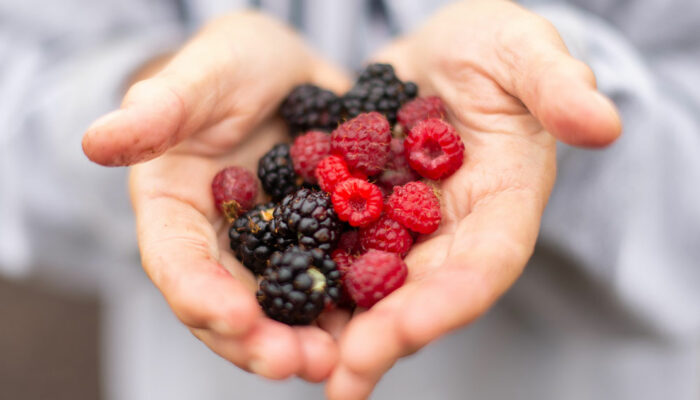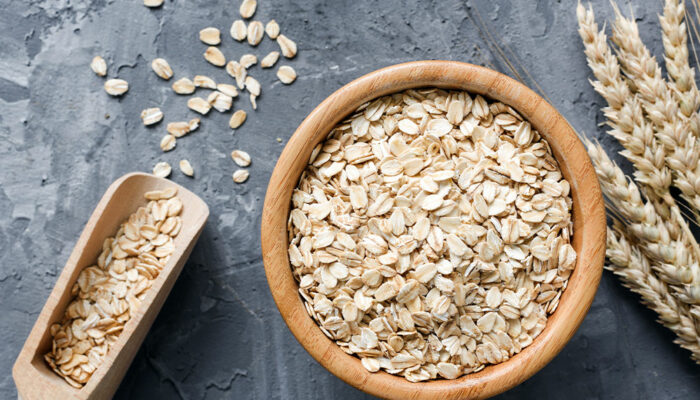
3 tips to combat cold and flu attacks
The common cold and flu are both viral infections that affect the respiratory tract. While the symptoms of the conditions are the same, the flu is more severe. Patients experience sore throats, congestion, coughing, chest pain, headaches, sneezing, and high fevers. Although the conditions are common, they can be fatal if not managed. Thankfully, there are many ways to control the symptoms of a cold and the flu. The top three ways are: Begin the treatment Once the symptoms start to show, you must consult with a certified health practitioner and start your treatment. Fever, aches, and chills are pretty common symptoms of the cold and flu. Two common treatments prescribed by the doctor, in this case, are XOFLUZA® and TAMIFLU®. XOFLUZA® It is a prescription treatment that is advised for people aged over 12 years. It is advised for people exhibiting the symptoms for not more than 48 hours. It is also prescribed for people aged 12 years and older who have been in touch with someone suffering from a cold or flu since the virus is highly contagious. Doctors do not prescribe this treatment for children below 12 years of age as it is still unknown if it is effective for kids in this age group. TAMIFLU® It is an antiviral treatment that fights the virus in the body, stopping it from multiplying.
Read More 











